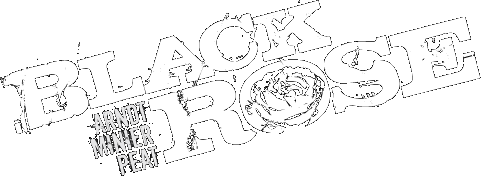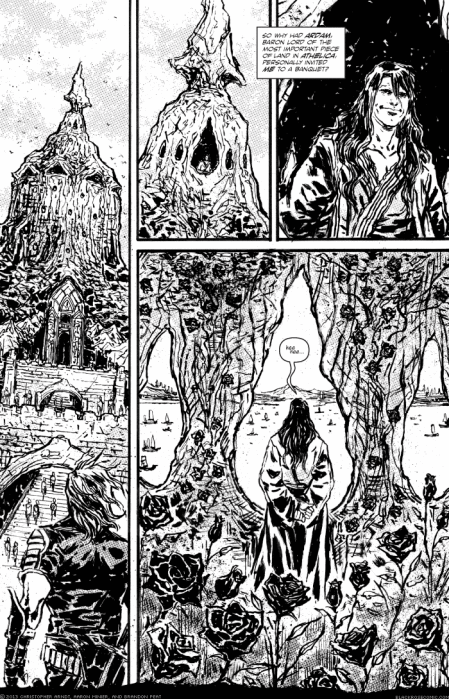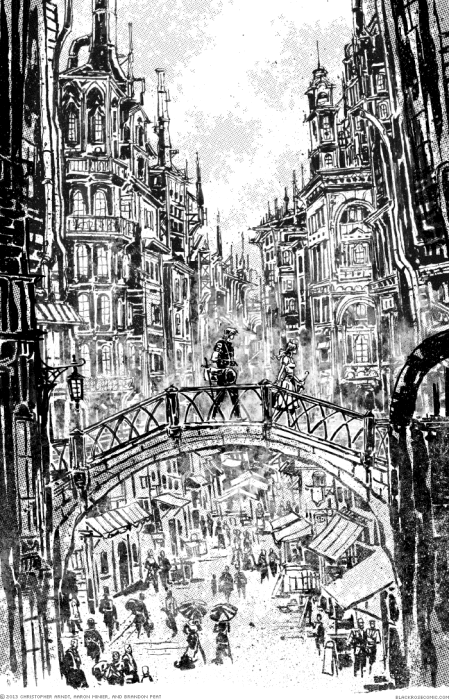I met my writing partner, Chris Arndt, in kindergarten.
Yes, kindergarten.
Like most elementary school friendships, Chris and I would have probably lost track of each other over the years – except that when I was in second grade, my family moved into a house just three doors down from Chris’. So clearly, destiny. Although we went to different schools, we hung out all the time, playing with Legos and Micro Machines and creating intricate tales for our imaginary worlds.
When we were in middle school, Chris started writing some of our stories down, and by high school had pulled me in as an editor and collaborator. This continued through our college tenure, culminating in us finally releasing our first novel in a small self-published run my senior year.

(See, Aaron, I’m showing some of my embarrassing old art too, ha!)
So when Aaron Minier started looking for a new writing partner for Black Rose, he naturally thought of us. (For the life of me, I cannot remember when exactly Aaron asked us to join the project, but it was sometime in the 2007-2008 timeframe. So around 7 years ago already!) We agreed, excited to work with him on a project, and he sent over a few docs containing general plans for the story so we could peek behind the scenes.
Ah, poor Aaron. I think he assumed Chris and I would pick up Black Rose right where it left off, and continue along the plans previously outlined. I think Chris and I probably assumed that at the outset too! But there was actually much less background material written than I had expected – what had been written was rather vague and would require a lot of fleshing out.
As Chris and I started brainstorming, other ideas started swirling. There were a lot of ways we felt the overall story could be improved, and tonally we wanted to do something far more grounded – more a novel than a comic book. The two of us gradually agreed: starting over, keeping the two central characters but freeing us from the previous style and continuity, would be a story we were much more interested in telling. It would give us a chance to create something fresh instead of trying to pick up what was ultimately someone else’s story.
I recall some awkward conversations with Aaron as we carefully broached the topic: “So… how much of this could we, you know… change?”
Our grisly fate revealed next week!









